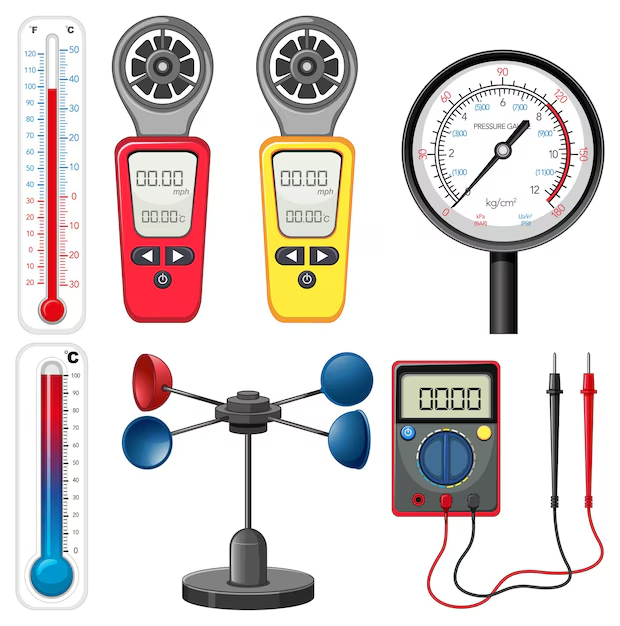The fundamental role that electricity plays in everyday life depends heavily on the important concept known as Volt (V). But what is Volt (V)? People need to know the functionalities and primary applications of this electrical measurement. The following text explores basic voltage information together with its significance, followed by real-world applications.

What is Volt (V)?
Electric potential difference has its unit defined as volt (V), which represents electromotive force. A circuit experiences electrical energy flow when its voltage pushes electrons at a rate of one joule for every coulomb of charge. The driving force behind electrical current transmission through wires can be understood as voltage because it acts similarly to pressure.
How is Volt (V) Measured?
A voltmeter functions as the device that determines voltage measurement. The voltmeter functions as a measuring device in electrical circuits for determining the potential difference between points. A voltage measurement requires the use of a volt (V) as its standard unit under the naming convention after Alessandro Volta, who developed the electric battery.
Importance of Voltage in Electricity
Voltage acts as an essential factor because it sets the power capacity an electrical device can operate with. Raising the voltage supply enables stronger electrical charges to move because of greater energy availability. It is the reason why:
- The required power supply for a 220V appliance surpasses that needed by a 110V appliance.
- Power sources for batteries come with distinct voltage levels ranging from 1.5V to 9V and 12V.
- The power transmission system relies on elevated voltages for minimizing power losses during transmission.

Types of Voltage
Direct Current (DC) Voltage
- Flows in one direction.
The technology supports batteries together with electronic devices.
Alternating Current (AC) Voltage
- Changes direction periodically.
Household electricity systems, along with power grid networks, make use of this voltage type.
Applications of Voltage in Daily Life
- The operating voltages between televisions, refrigerators, and microwaves differ among household appliances.
- Remote controls, along with flashlights and smartphones, use batteries as their power source.
- Electric vehicles need particular voltage levels to perform efficiently.
- Power transmission operates through high-voltage electric lines used to transmit electricity across extended distances.
- Medical equipment needs specific voltage ranges to operate MRI scanners along with X-rays effectively.

What Happens If The Voltage Is Too High or Too Low?
- When the voltage level reaches excessive heights, it damages appliances and triggers electrical fires, while low voltage creates different operational issues that could lead to unexpected device turn-offs.
- Devices will malfunction or switch off unintentionally when the voltage level is too low.
- Voltage regulators, together with stabilizers, function to preserve proper voltage levels.

How to Stay Safe Around Voltage?
- Never touch exposed wires.
- All activities that require working on circuits must start with using a voltage tester.
- The use of electrical devices should be prohibited when hands remain wet.
- It is necessary to observe the specified voltage limits of all electrical devices.
Conclusion
The concept of voltage functions is essential in the field of electricity operations. The basic concepts and operational structure of volts (V) affect daily human life through products such as household appliances and power lines alongside batteries. Studying this concept allows us to employ electricity while staying protected and minimizing wastage.
FAQs
- What is Volt (V) in simple terms?
Electric pressure is measured using the unit volt, which drives electrons through circuit paths. - How is voltage different from current?
The driving force that transports electricity is called voltage, and the continuous movement of electric charge is known as current. - Why do batteries have different voltages?
Each electronic device needs a special amount of power, which determines the voltage level required in its battery. - Can too much voltage damage a device?
High voltage levels will produce circuit burnouts as well as random equipment malfunctions. - What tool is used to measure voltage?
The purpose of a voltmeter is to determine voltage strength within electrical wiring structures.
Expand your knowledge today! Read our next blog post here! 📖











